Rising Demand for Surgical Training
The anatomical modelling market is experiencing a notable increase in demand for surgical training tools. As medical education evolves, there is a growing emphasis on hands-on training that utilizes realistic anatomical models. This trend is driven by the need for improved surgical outcomes and the desire to reduce errors during procedures. In the US, the market for surgical training tools is projected to grow at a CAGR of approximately 8% over the next five years. Institutions are increasingly investing in high-fidelity anatomical models to enhance the learning experience for medical students and professionals. This shift towards practical training solutions is likely to bolster the anatomical modelling market, as educational institutions seek to provide their students with the best possible resources for mastering complex surgical techniques.
Growing Investment in Medical Research
The anatomical modelling market is poised for growth due to the increasing investment in medical research and development. As funding for biomedical research rises, there is a corresponding demand for high-quality anatomical models that facilitate experimentation and innovation. Research institutions and pharmaceutical companies are recognizing the value of anatomical models in drug development and testing, leading to a surge in their usage. In the US, the National Institutes of Health (NIH) has reported a steady increase in research funding, which is expected to exceed $50 billion in the coming years. This influx of resources is likely to drive the anatomical modelling market, as researchers seek advanced models to support their studies and enhance the accuracy of their findings.
Technological Integration in Healthcare
The anatomical modelling market is benefiting from the integration of advanced technologies in healthcare. Innovations such as 3D printing and virtual reality are revolutionizing the way anatomical models are created and utilized. These technologies allow for the production of highly accurate and customizable models that can be tailored to specific patient anatomies. In the US, the adoption of 3D printing in the medical field is projected to reach a market value of over $1 billion by 2026. This technological advancement not only enhances the quality of anatomical models but also reduces production costs and time. As healthcare providers increasingly embrace these technologies, the anatomical modelling market is likely to see substantial growth, driven by the demand for more precise and effective medical training and surgical planning tools.
Increased Focus on Patient-Centric Solutions
The anatomical modelling market is witnessing a shift towards patient-centric solutions, which is reshaping the landscape of medical practices. Healthcare providers are increasingly recognizing the importance of personalized treatment plans that cater to individual patient needs. This trend is reflected in the growing use of anatomical models for pre-surgical planning and patient education. By utilizing these models, surgeons can better communicate with patients about their conditions and proposed procedures, leading to improved patient satisfaction. The market for patient-centric anatomical models is expected to expand significantly, as more healthcare facilities adopt these tools to enhance the overall patient experience. This focus on individualized care is likely to drive growth in the anatomical modelling market, as it aligns with broader trends in healthcare towards personalization and improved outcomes.
Regulatory Support for Advanced Medical Technologies
The anatomical modelling market is benefiting from regulatory support aimed at promoting advanced medical technologies. Government agencies in the US are increasingly recognizing the importance of innovative medical solutions, leading to streamlined approval processes for new anatomical models. This regulatory environment encourages manufacturers to invest in research and development, fostering innovation within the anatomical modelling market. The FDA has introduced initiatives to expedite the review of medical devices, which includes anatomical models used for training and surgical planning. As a result, the market is likely to experience accelerated growth, as companies are motivated to bring new and improved products to market more quickly, ultimately enhancing the quality of medical education and patient care.


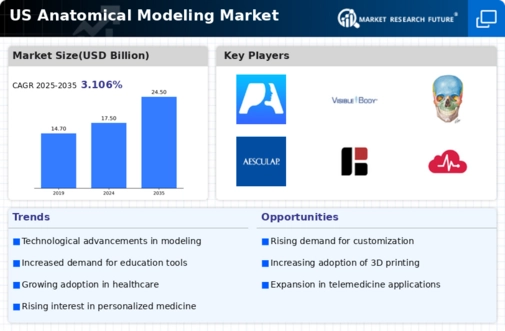
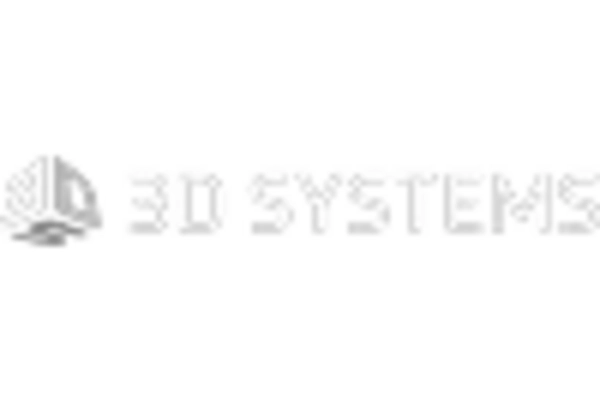
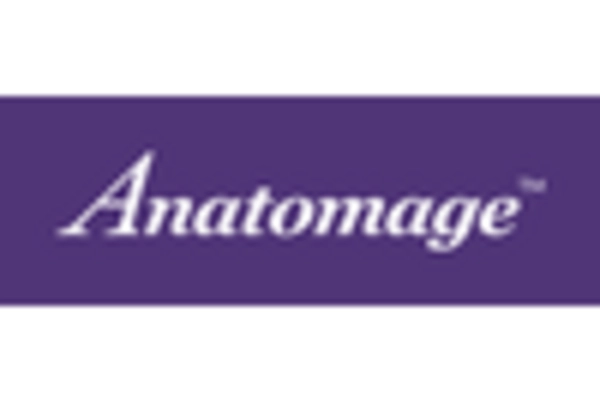
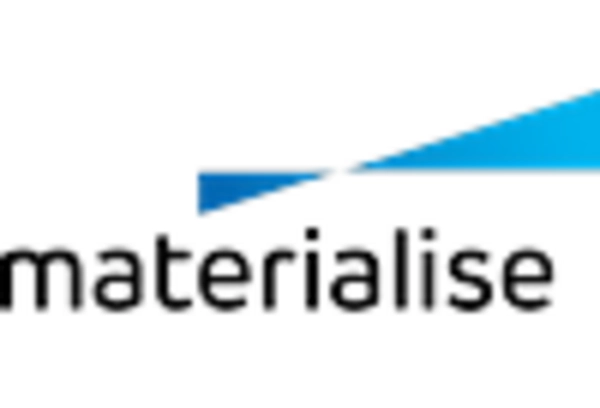

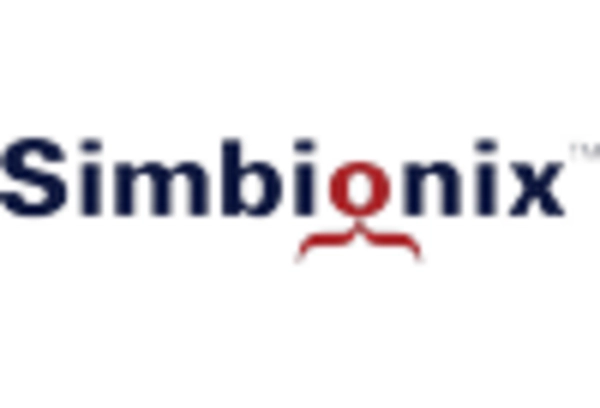
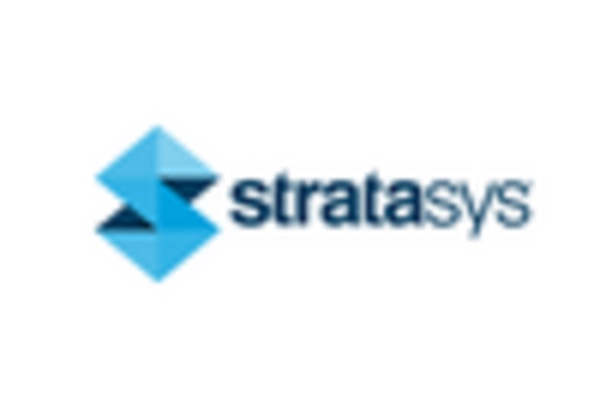








Leave a Comment